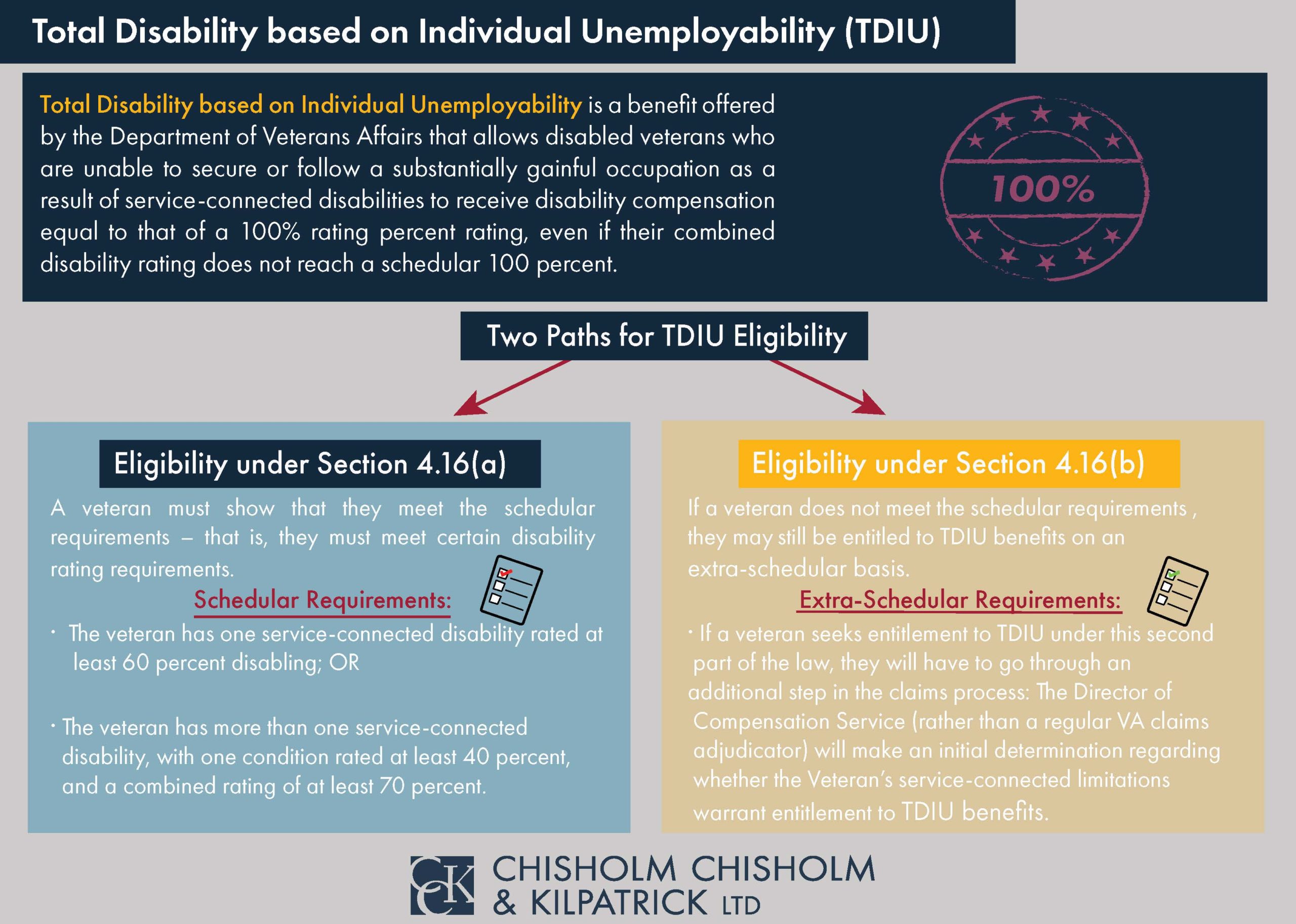VA Disability Benefits for Foot Conditions

Common Foot Conditions Among Veterans
Injury, overuse, or inflammation of the bones, ligaments, or tendons in the foot can cause debilitating pain and discomfort. Research shows that certain foot conditions are significantly more prevalent in veterans versus nonveterans in the United States. Some of the most common foot conditions veterans experience following service include pes planus (flat feet), plantar fasciitis, bunion deformity, and arthritis. Veterans may be eligible to receive VA disability compensation if they are able to demonstrate that their foot conditions are due to their time in service. Below are some examples of common foot conditions among veterans:
- Claw Foot – This condition occurs when your toes become bent into a claw-like shape. It can cause corns or calluses to form on the top of your toes or under the ball of your foot.
- Hammer Toe – This condition occurs when a toe is bent downward at the middle joint, which can cause it to appear like a hammer. It can be caused by imbalances in the muscles, tendons, or ligaments that surround the toe and are usually responsible for holding it straight. The condition can cause corns and calluses because the hammer toe can rub against the inside of your shoes.
- Hallux Rigidus – Hallux rigidus is a condition where the joint at the base of the big toe experiences pain and stiffness. Over time, this can make it harder to ben the toe. Certain physical activities, as well as cold weather, can cause the pain, stiffness and swelling to increase. The condition is known to be a form of degenerative arthritis.
- Hallux Valgus – Hallux Valgus, more commonly referred to as bunions, can form on the outside of the big toe. Typically, bunions are formed by recurring pressure on the big toe joint. When the toe joint becomes out of alignment, a bump can form.
- Metatarsalgia – Metatarsalgia is a condition categorized by inflammation and pain in the ball of your foot. Activities common in service, such as running and jumping, can cause the condition and exacerbate the symptoms. Wearing shoes that may be too tight or too loose may also cause the condition.
- Additional Foot Injuries – Other foot injuries, such as plantar fasciitis and flat feet are very common among veterans.
Direct Service Connection for Foot Conditions
Prior to receiving disability compensation from VA, veterans must prove that their disability is related to service. Generally, to establish direct service connection you must have a current, diagnosed disability; however, you can sometimes argue that broader symptoms resulting in impairment also warrant service connection even if there is no actual diagnosis.
The next step in establishing direct service connection involves demonstrating the occurrence of an in-service event or injury. The final component requires a medical nexus, or link, between the in-service event and the current disability. If all three of the above-mentioned elements are met, VA should award service connection for your foot condition and then assign a disability rating.
Compensation and Pension (C&P) Examinations for Foot Conditions
As mentioned above, service connection generally requires a medical nexus between a veteran’s disability and in-service event. VA is more often than not going to order a Compensation and Pension (C&P) examination as long as there is some suggestion that your current disability is related to service. The VA examiner is going to focus on whether they believe your foot condition is due to your time in service.
Following the examination, the VA examiner will issue a favorable opinion that supports service connection or an unfavorable opinion that does not. It is important for veterans to ask for a copy of the C&P examination. VA is required to give veterans a copy upon request but will otherwise not provide one.
If a veteran disagrees with the VA examiner’s opinion regarding service connection, they can obtain an opinion from a private physician or treating doctor outside of VA and argue against the original examiner’s conclusions.
Within the C&P examination, the VA examiner will also determine the severity of your symptoms. If service connection is granted, VA adjudicators will then assign a disability rating consistent with the examiner’s findings.
Other Types of Evidence to Support Your Foot Condition Claim
In addition to medical evidence, you can submit lay evidence, which includes both statements by yourself and also statements by people who have observed the pain you are experiencing (e.g. someone you live with or work with). For example, if your spouse observes that you have been limping frequently or you are unable to stand for more than five minutes, he or she can explain that in a lay statement.
It is also important to note any assistive devices, such as a cane or a walker, that you use because of your foot condition. Essentially, anything you can put forward to show the functional loss (i.e. the result of your symptoms) caused by your foot condition is helpful evidence.

Secondary Service Connection for Foot Conditions
Secondary service connection represents another avenue of service connection for foot conditions. A secondary service-connected disability is one that is either aggravated or caused by an already service-connected condition. For example, you have a service-connected knee condition that causes you to alter your gait. This then results in a foot condition because you are putting extra pressure on one of your feet. Here, your service-connected knee condition caused your foot condition. Therefore, secondary service connection is warranted. Importantly, you must provide a medical nexus in support of the causal relationship between your knee and foot conditions.
Similarly, if you have a service-connected foot condition that causes or aggravates another condition, then that disability can be service-connected as well.
Foot Conditions Prior to Service
If you had a foot condition prior to entry into service and then service made it worse, you can still get service connection. However, you have to show that your foot condition was worsened beyond its natural progression by service. Here, veterans should focus on developing evidence that shows the foot condition was not as severe before service as it was after service. While this is a higher standard, service connection is still possible. This type of service connection based on aggravation is outlined in 38 USC § 1153.
How VA Rates Foot Conditions
VA rates foot conditions according to 38 CFR § 4.71a, Schedule of Ratings, Musculoskeletal System. Within this section there are ten specific diagnostic codes (i.e., 5276 – 5285) pertaining to foot conditions. If you have a diagnosed foot condition that is mentioned under one of those ten codes, VA will compare your symptoms to the rating criteria in that code and assign an evaluation based on that. VA also provides an additional diagnostic code (i.e., 5284) that serves as a catch-all for other foot injuries. Namely, if you have a foot condition that is not listed in diagnostic codes 5276 through 5283, you can ask for a rating under 5284.
Importantly, a veteran with multiple diagnosed foot conditions (e.g., pes planus and plantar fasciitis), might only receive one rating under one diagnostic code if some of the symptoms of one diagnosis overlap with symptoms of the other. In other words, pyramiding – the VA term for rating the same disability, or same symptom of a disability, twice – is not allowed. This prevents veterans from being compensated for the same symptom twice. However, if the diagnosed foot conditions manifest in different ways, it is possible they will be rated separately.
Bilateral Factor and Rating Foot Conditions
Bilateral disabilities are recognized by VA as severely limiting to a veteran’s ability to function, and thus warrant a higher rating percentage. If you have two conditions that are compensable in both your lower extremities or upper extremities, you can receive an extra 10 percent factored into your combined disability rating. However, it is important to note that the additional 10 percent is added into the equation of VA math as if you have a separate condition rated at 10 percent.
In other words, if your combined disability rating is 50 percent, it does not simply increase to 60 percent. In regards to foot conditions, the bilateral factor does not only apply when both feet are affected. Rather, a veteran can have one foot condition and one knee condition qualify for the bilateral factor as long as both the right and left side of the body are affected.
Loss of Use
According to VA, loss of use is held to exist when a part of the body would function equally as well as an amputation with use of a suitable prosthesis; however, amputation is not required in order to experience loss of use. Determinations of loss of use are made on the basis of the actual remaining function of the upper or lower extremities (e.g. hand or foot).
In regards to loss of use as it pertains to foot conditions, VA considers acts of balance, propulsion, etc. If VA determines a veteran experiences loss of use of one or both feet, they may be eligible to additional compensation in the form of Special Monthly Compensation.
Total Disability based on Individual Unemployability (TDIU)
If you do not have a 100 percent combined disability rating, but you are unable to work because of your foot condition, you may be entitled to total disability based on individual unemployabilty (TDIU). If you are granted TDIU, VA will compensate you at the 100 percent level. Basically, VA is recognizing that because your service-connected condition prevents you from working and the rating schedule is based on impairment in earning capacity, if you can’t work, then you should be getting the highest form of compensation.
Was Your VA Disability Claim Denied?
The experienced, accredited team at Chisholm Chisholm & Kilpatrick has decades of experience successfully representing Veterans before VA, the Court of Appeals for Veterans Claims, and the Federal Circuit. For a free consultation, contact us at 800-544-9144.
About the Author
Share this Post

